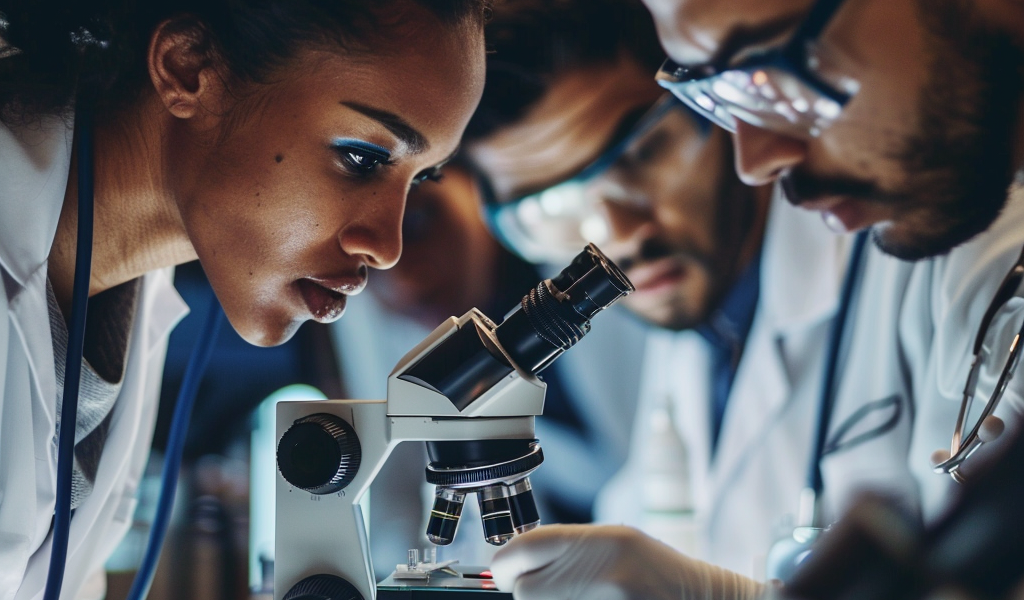Researchers at Indiana University School of Medicine have made a groundbreaking discovery in the field of cardiology. They have identified a protein marker that can help pinpoint cells capable of repopulating in individuals with damaged blood vessels. This finding, recently published in Circulation, has the potential to revolutionize therapies for individuals suffering from endothelial dysfunction, a condition that contributes to coronary artery disease.
The study, led by Chang-Hyun Gil, Ph.D., MS, and assistant research professor of surgery at the Indiana University School of Medicine, marks a significant milestone in the field. Gil expressed excitement about the implications of the research, stating, “This study is the first to establish that a single, prospective marker identifies vascular clonal repopulating endothelial cells (CRECs). These exciting findings could lead to new cell therapies for repair of damaged vessels for patients.”
The research focused on endothelial cells, which form the inner lining of blood vessels, and their expression of a protein known as ABCG2. These cells have shown the ability to form colonies, self-renew, and create new blood vessels, aiding in the repair of heart tissue following a heart attack.
Gil further explained, “By analyzing the genes and proteins in these cells, we identified specific pathways involved in blood vessel formation and tissue regeneration. We discovered that ABCG2, involved in blood vessel development, are more active in these cells compared to others, suggesting these specific endothelial cells have the potential to be used in repairing damaged blood vessels.”
The discovery of these AbcCRECs, as they are called, presents a promising avenue for potential treatments in various diseases such as peripheral arterial disease, diabetes, diabetic proliferative retinopathy, acute kidney disease, and cardiovascular disease. The identification of this protein marker in both mouse and human subjects is particularly significant, according to Mervin C. Yoder, MD, Distinguished Professor Emeritus at the IU School of Medicine.
Yoder emphasized, “Few markers have been found that permit prospective isolation of endothelial cells with reparative properties in both mice and humans, making these findings exciting for future study.” The research team, which has been studying these endothelial cells for over seven years, acknowledges that further experiments and studies are necessary to fully comprehend the functions and mechanisms of AbcCRECs.
This breakthrough has the potential to pave the way for innovative approaches in treating vascular damage and diseases. As the team continues their investigations, the prospect of clinical trials and the development of new therapies looms on the horizon.





